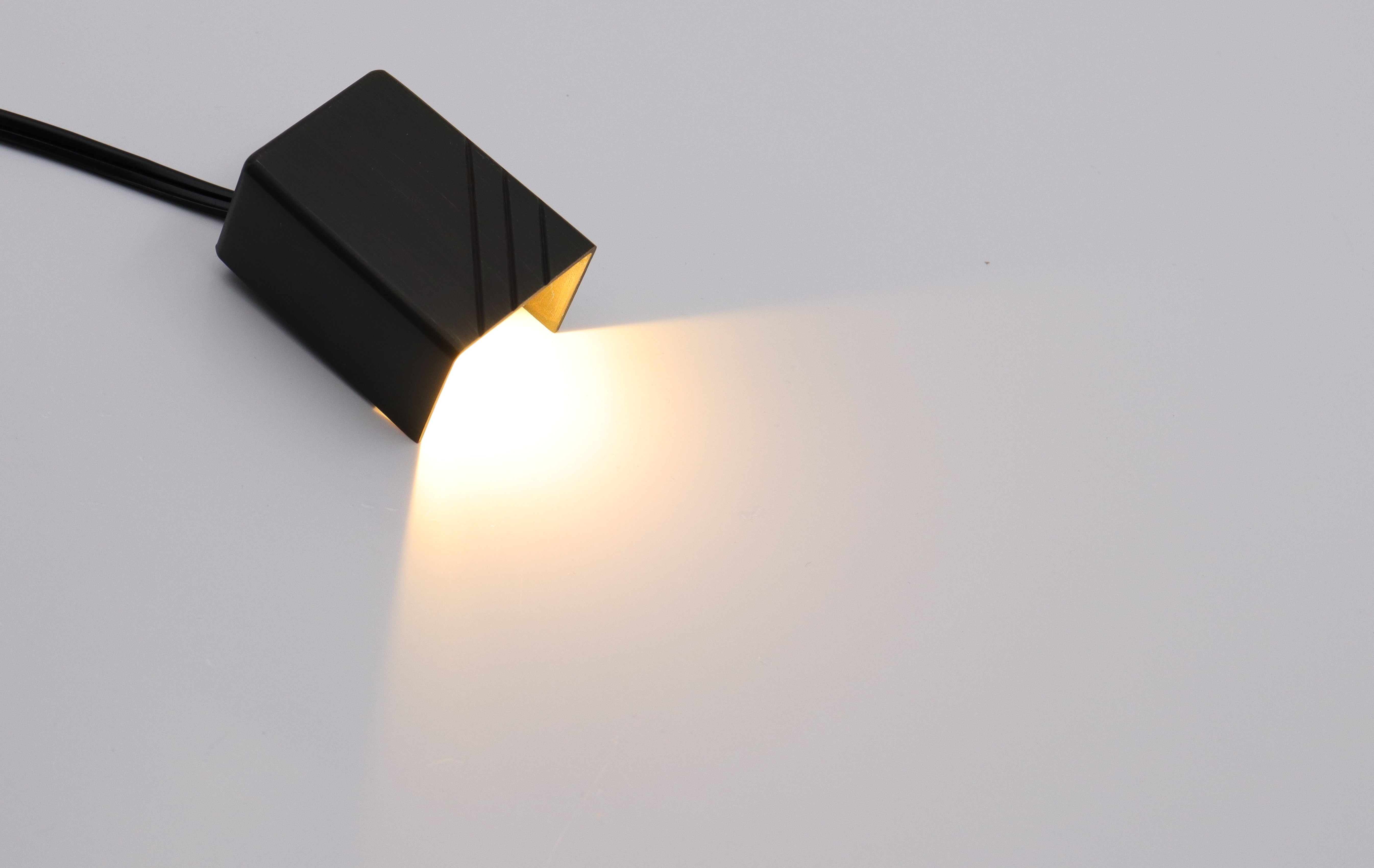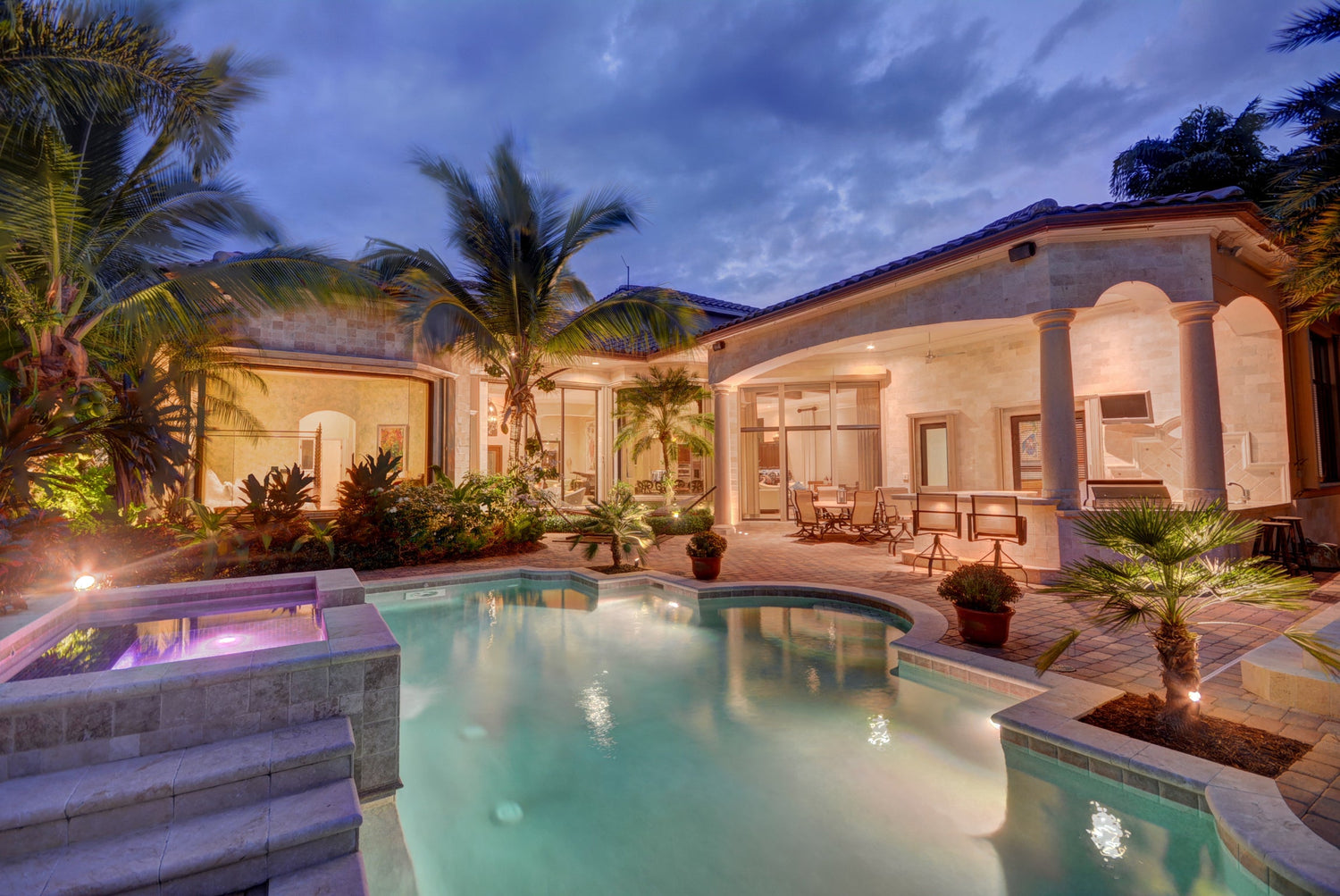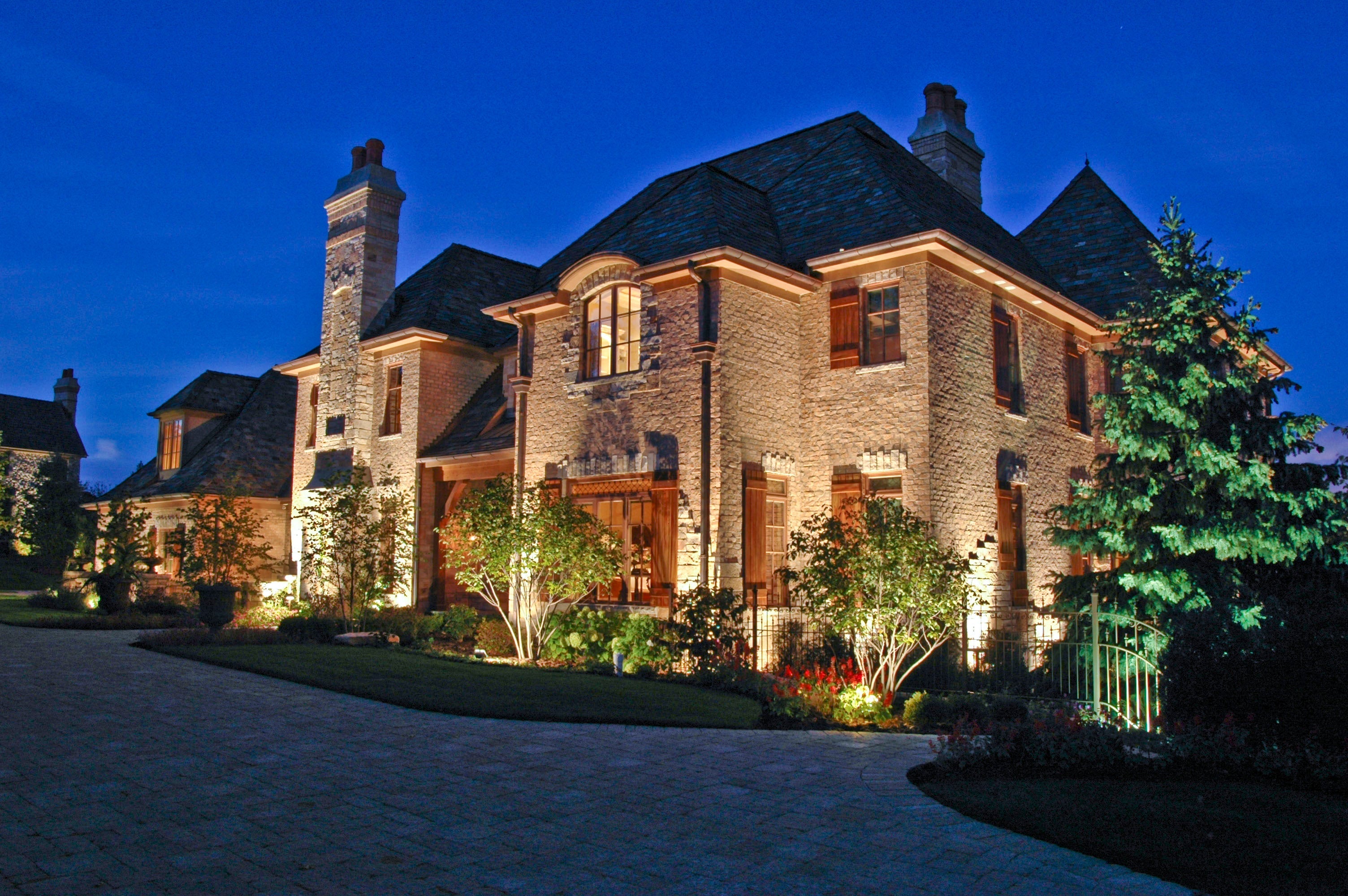Turning your garden pond into a night-time spectacle is simpler than you might think. With underwater lighting, that quiet splash of water becomes an illuminated centerpiece after dark. This guide will show you how to pick the right lights, install them securely, and keep them shining for years to come. You'll discover how to enhance the natural charm of your pond's aquatic life and enjoy a tranquil, glowing oasis as evening falls. Let's get started on creating that magical after-dark ambience in your own backyard.
What Makes Underwater Lights Special for Your Pond?
Tough and Long-Lasting
These lights are really tough. They're made to handle the wet environment of a pond and can take a little bump from fish or debris without breaking. They have strong, sealed casings that protect them from rust and damage underwater, so they keep shining brightly year after year.
Colorful and Fun
Underwater lights can do things regular outdoor lights can't - like change colors and create different light shows. Looking for a romantic atmosphere? Opt for warm, subdued lighting. Throwing a party? Pick bright and vibrant lights. Whatever the occasion, you can tailor the lighting to suit the mood.
A Magical Effect with Water
When underwater lights shine, they do something special called refraction. This means the light bends in the water, creating beautiful patterns that you wouldn't see above ground. It gives your pond a magical, glowing look when it gets dark.
Discover the Nightlife in Your Pond
At night, underwater lights can change the way you see your pond. They make it safe to walk around and let you see parts of the pond life you'd miss during the day, like plants that only open up at night and animals that are active after sundown.
Change with the Seasons
With underwater lights, you can also match the lighting to the season. Cool lights might be nice for winter, while warmer ones can enhance the feeling of summer. Changing your lights with the seasons keeps your pond looking great all year.

How Do Underwater Lights Multitask in Your Pond?
Underwater lights aren't just for show; they have many important roles that make your pond both safer and more beautiful. Let's dive into the different ways these lights brighten up your water space.
- Guide You at Night: Underwater lights are great for helping you see where you're going around your pond, especially at night. They light up the edges and outline the shape of the water feature, keeping you safe from trips and falls. Plus, they create an inviting glow that encourages people to come closer and enjoy the view.
- Swim Safely After Dark: If you like swimming in your pond, underwater lights can make it safer to take a dip at night. They light up the best spots to swim and add a special glow that turns a regular swim into a magical moment.
- Highlight Your Water Features: If you have a fountain or waterfall, underwater lights can shine the spotlight on them, turning your garden into a nighttime stage. They bring out the beauty of the water's movement, making it the focal point of your yard.
- Help Your Pond Stay Healthy: Some underwater lights do more than just light things up — they can also help your plants grow and keep algae away by messing with their growth process. It's like giving Mother Nature a tech boost to keep your pond thriving.
- Attract and Protect Your Fish: Fish are drawn to light, so underwater lights can become a fun spot for them to gather at night. This not only makes it exciting to watch but also lets you check on your fish's health easily.
- Change Up Your Garden's Look: You can update the look of your outdoor space without a big project — just play with the lighting. Moving the lights around or changing their colors can give your pond a whole new vibe whenever you feel like it.
- Create a Winter Light Show: In places with cold winters, underwater lights can make your frozen pond sparkle like a crystal. The light shines through the ice and creates a beautiful glow, much like a lantern made of ice.
How to Design a Stunning Pond with Underwater Lighting
Picture Your Dream Pond: Start by imagining your pond in the evening. What do you want to show off? A special statue, some interesting rocks, or a beachy area? Sketch a map of your pond and mark where lights could enhance the scenery or make certain areas safer at night.
Think in Layers of Light: Like a gardener plans out plants, think about layers of light. Use soft overall lighting for mood, then add brighter lights for places where people walk. Highlight your favorite spots with spotlights to bring them center stage.
Pick the Perfect Fixtures: Choose lights based on both the look you're going for and practical needs. Spotlights focus tightly on one place, while floodlights spread light out over a larger area. There are even lights made just for clipping onto moving water like fountains.
Mix Up Colors and Temperatures: Light comes in different colors, from warm yellows to cool blues. Warm light can make your pond feel cozy, and cool light can create a sleek look. Some lights can even change color so you can match the light to the moment.
Experiment with Angles: Where and how you point your lights changes everything. Pointing lights up can make something look grand, and pointing them down gives a softer effect. Try different spots to see what looks best with your pond's features.
Blend with the Landscape: The aim is to highlight nature, not drown it out. Pick lights that work with your pond's natural beauty instead of overwhelming it. This might mean choosing lights that hide away during the day or ones that are really subtle.
Plan for Practicality: Don't forget the basics. You need power near your pond for the lights, or you might have to think about solar options or lights that run on batteries.
Be Ready to Adapt: Ponds change with the seasons and over time, so choose lights that you can move and change easily. Go for adjustable fixtures and systems that can grow with your garden.
What Should You Know About the Electrical Side of Underwater Lighting?
When adding lights to your pond, understanding the power requirements is key. It's not only about how bright the lights will be but also ensuring they're safe and won't overload your home's electrical system. Overloading can cause breakers to trip or, worse, create a fire risk. Check that your electrical setup can support your lighting plan, and consider energy-saving LED lights which use less power.
Make Sure Everything's Water-Safe: It's important to keep water away from your electrics. Check that all your lighting has a good IP (Ingress Protection) rating to resist water. Use cables, connectors, and transformers that are meant for underwater and outdoor use to avoid any mishaps.
Use the Right Transformer: Your house's electricity is too powerful for underwater lights, so you'll need a transformer to step down the voltage. This keeps everything safe and makes sure your lights aren't getting more power than they should, which can make them last longer.
Plan Your Cables Carefully: You need enough cable to connect your lights to the power source without stretching, but remember that long cables can lose some electricity along the way. If your lights are far from the power source, they may not be as bright. Measure how much cable you need and think about using thicker cables or splitting the run to keep your lights shining evenly.
Control When Your Lights Shine: Decide if you want your lights to turn on by themselves when it gets dark, or if you'd rather switch them on yourself. Using timers or smart controls can save power and give you control without having to be there to turn the lights on and off.
Keep Your Lights Clean: Lights under the water can get dirty with algae or mud, which makes them dimmer. Clean your lights regularly to keep them shining brightly. Choose lights that are easy to reach and clean so it's not a difficult job.
Always Prioritize Safety: Electricity near water can be dangerous. If you're unsure about installing lights safely, it's better to call an expert. Also, make sure your outside outlets have a ground fault circuit interrupter (GFCI) to protect against shocks.
7. Distribute the Power Evenly: If you're putting in several lights, don't put them all on one circuit. Spread them out to prevent overloading and to help keep your lighting even and your electrical system in good shape.

How to Choose Durable Underwater Lights That Last
When picking underwater lights, it's not just about how they look. You want lights that are going to last a long time and stand up to water, weather, and wear. Here's what to keep in mind to make sure your underwater lights are tough enough for the job.
Know Your Water: The first step is to think about where your lights will be. Freshwater and saltwater both affect materials differently, just like chlorine or salt can. Figure out what your lights will be up against so you can choose ones that won't give up too soon.
Pick Strong Metals: Stainless steel is great for fighting rust, and if you're near the ocean, you want marine-grade stainless steel because it's even better at not corroding. Brass is another good choice — it doesn't rust easily and gets a nice look over time that fits right in outside.
Go for Tough Plastics: Some plastics, like polycarbonate, are really strong and can handle water without getting damaged. They usually come with something to protect them from sunlight too, which keeps them from getting weak if they're in the sun a lot.
Choose Tough Glass: Tempered glass goes through special heating to make it extra tough, so it's good for underwater lights where there's always pressure pushing on them.
Make Sure It's Sealed Tight: Check that the lights are sealed well with things like gaskets and o-rings that won't let water through. These should be made of materials like rubber or silicone that last a long time without losing their stretchiness.
Don't Forget the Cables: The wires to your lights need to be just as tough as the lights. They should be able to handle being underwater without breaking down or getting eaten away by little water creatures.
LEDs are the Way to Go: LED lights are the best choice because they save energy, don't get too hot, and last longer than other kinds of bulbs.
Check the Warranty: A warranty is like a promise from the maker that they believe in their lights. It also means you won't have to worry as much because if something goes wrong, the warranty should cover it.
Final Thoughts
The right underwater lighting can turn your pond into a captivating centerpiece of your backyard, blending form, function, and flair. By paying attention to the specifics of installation, ensuring diligent maintenance, and being mindful of safety, you create not just illumination but an atmosphere. A well-maintained system promises serene beauty for tranquil evenings or a vibrant backdrop for social gatherings. It's the small, consistent acts of care — like regular cleanings and updates — that keep this magic alive.






Leave a comment
All comments are moderated before being published.
This site is protected by hCaptcha and the hCaptcha Privacy Policy and Terms of Service apply.